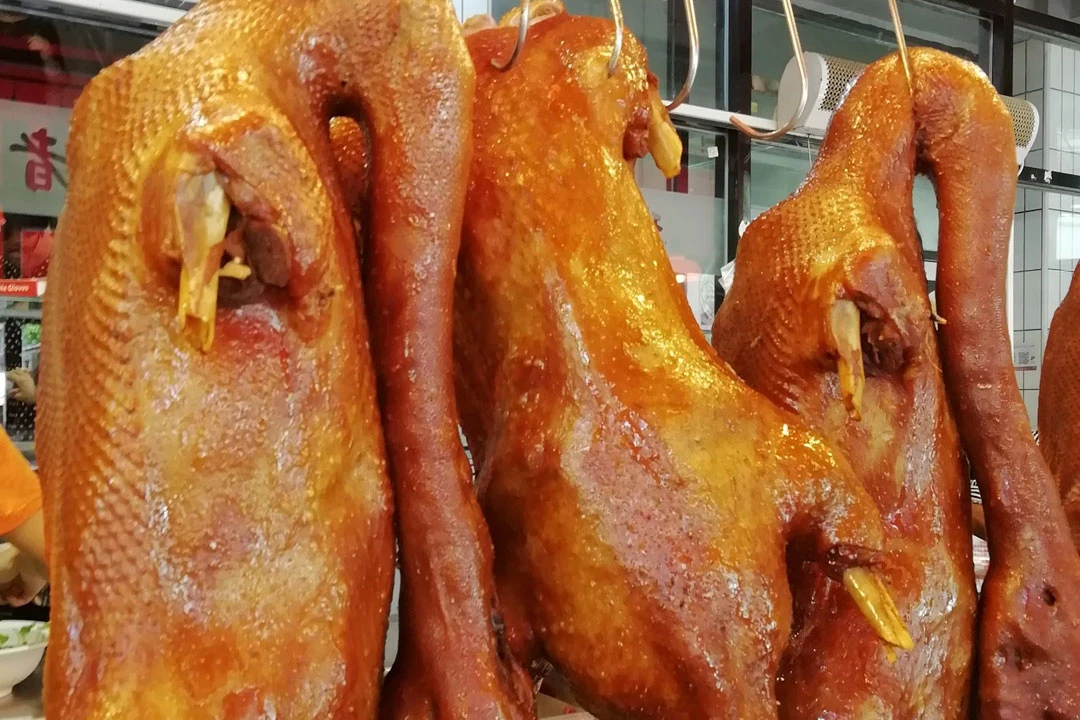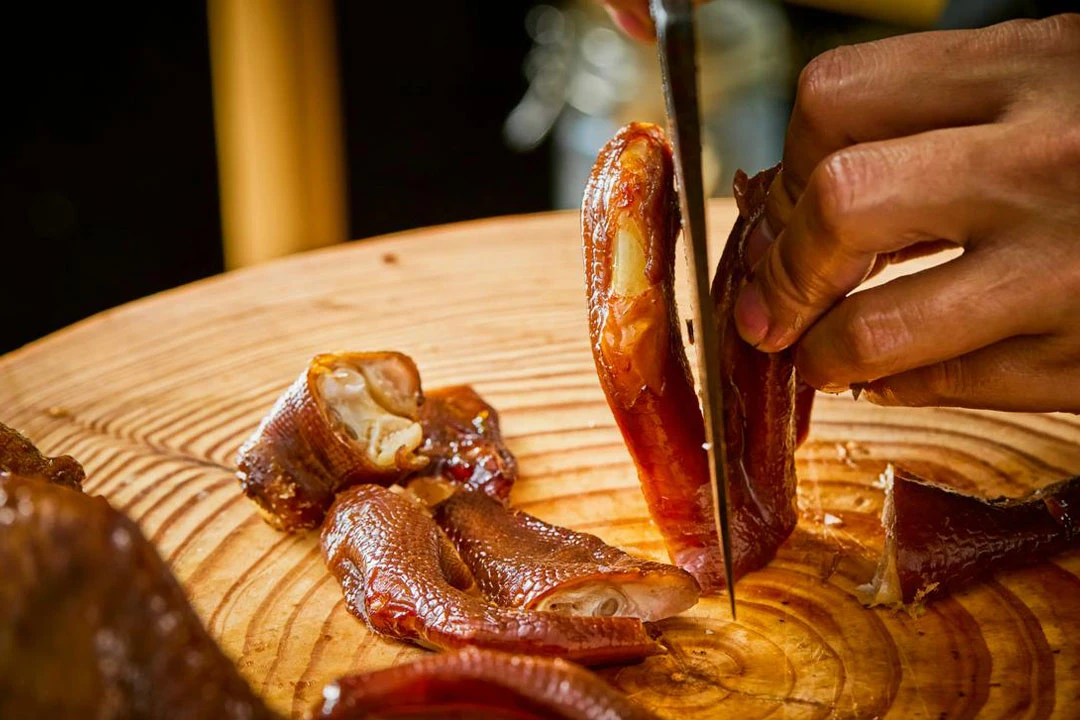From Local Delicacy to Global Sensation: The Rise of Chaoshan Cuisine
In the tapestry of Chinese cuisine, few threads shine as brightly as those woven by the culinary artisans of Chaoshan. This coastal region in Guangdong province, comprising the cities of Chaozhou (潮州), Shantou (汕头), and Jieyang (揭阳), has long been a hidden gem in China's gastronomic landscape. But now, as the world's palate becomes increasingly sophisticated, Chaoshan cuisine is stepping into the global spotlight, carrying with it centuries of tradition and a spirit of relentless innovation.
The recent release of the documentary "My Food Guide" by renowned filmmaker Chen Xiaoqing has brought unprecedented attention to Chaoshan's culinary prowess. As viewers follow Chen through the winding streets of ancient ports and bustling markets, they are transported into a world where food is not just sustenance, but a living, breathing part of cultural identity.
At the heart of Chaoshan cuisine lies a profound respect for ingredients. The region's proximity to the sea ensures a bounty of fresh seafood, while its fertile lands provide an array of vegetables and herbs. This abundance is reflected in iconic dishes like the Chaoshan-style beef hotpot, where paper-thin slices of locally raised cattle are briefly cooked in a clear, aromatic broth. The simplicity of the dish belies the complexity of flavors, a hallmark of Chaoshan cooking.
But Chaoshan cuisine is more than just a collection of recipes; it's a philosophy. The concept of "xian" – a term that encompasses freshness, umami, and a certain ineffable quality of flavor – is central to the Chaoshan culinary ethos. This pursuit of xian has led to unique preparation methods, such as the "raw marinated" technique for seafood, where the freshest catch is lightly cured in a blend of soy sauce, chili, and aromatic herbs, allowing the natural flavors to shine through.
Preserving Tradition, Embracing Innovation: Chaoshan's Culinary Evolution
The global recognition of Chaoshan's culinary excellence came to a head in October 2023, when UNESCO designated Chaozhou as a "City of Gastronomy." This accolade not only acknowledges the region's rich food heritage but also places it on the world stage alongside other culinary capitals. It's a testament to the enduring appeal of Chaoshan flavors and the tireless efforts of local chefs and food artisans to preserve and promote their culinary traditions.
Yet, this international acclaim is not merely a pat on the back for past achievements. It's a catalyst for innovation and growth within the Chaoshan culinary scene. Young chefs, armed with both traditional knowledge and modern techniques, are reimagining classic dishes for a new generation of diners. Restaurants like Chao Shang Chao and Hao Jiu Hao Cai are earning Michelin stars and Black Pearl awards, proving that Chaoshan cuisine can hold its own in the world of fine dining.
The rise of Chaoshan cuisine is also having a ripple effect on the broader Chinese restaurant industry. Data shows that Chaoshan-style eateries have seen a remarkable 50% increase in the number of outlets across China in recent years. This growth is not limited to high-end establishments; chain restaurants specializing in Chaoshan beef balls, marinated goose, and clay pot rice are proliferating in cities nationwide, making these once-regional flavors accessible to a broader audience.
Recognizing the potential of Chaoshan cuisine as both a cultural ambassador and an economic driver, local governments are investing heavily in culinary education and promotion. The "Guangdong Chef" project, for instance, aims to train a new generation of culinary professionals versed in both traditional techniques and modern gastronomy. In January 2024, Shantou established the "Chaoshan Cuisine Development Expert Committee," a think tank comprising 82 culinary experts, scholars, and industry leaders tasked with guiding the future development of Chaoshan cuisine.
As Chaoshan flavors continue to captivate palates around the world, they're also serving as a powerful tool for cultural diplomacy. Chaoshan restaurants have represented China at world expos and international food festivals, offering a taste of Chinese culture that transcends language barriers. This culinary soft power is helping to reshape global perceptions of Chinese cuisine, moving beyond the stereotypes of sweet and sour pork to showcase the diversity and sophistication of regional Chinese cooking.
Beyond the Plate: How Chaoshan Food is Redefining Cultural Identity
The story of Chaoshan cuisine is, at its core, a story of identity. For the Chaoshan diaspora scattered across Southeast Asia and beyond, these flavors are a lifeline to their ancestral homeland. Each bite of a marinated raw crab or a spoonful of fish ball soup is a journey back to the narrow alleys and bustling ports of their forebears. As the documentary "My Food Guide" so poignantly illustrates, Chaoshan cuisine is like a well-traveled suitcase, covered in the labels of countless journeys but always carrying the essence of home.
Looking to the future, the potential for Chaoshan cuisine seems boundless. As global interest in regional Chinese cooking continues to grow, Chaoshan flavors are poised to become as recognizable as those of Sichuan or Cantonese cuisine. The challenge now lies in balancing tradition with innovation, preserving the essence of Chaoshan cooking while adapting to changing tastes and technologies.
In the end, the rise of Chaoshan cuisine is more than just a culinary success story. It's a testament to the power of food to connect people across cultures and generations. As more diners around the world discover the delights of Chaoshan flavors, they're not just experiencing a meal – they're partaking in centuries of history, culture, and passion, one delicious bite at a time.



